CITY SPOTLIGHT: Here’s Why Ħamrun Is Malta’s Unsung Urban Hub
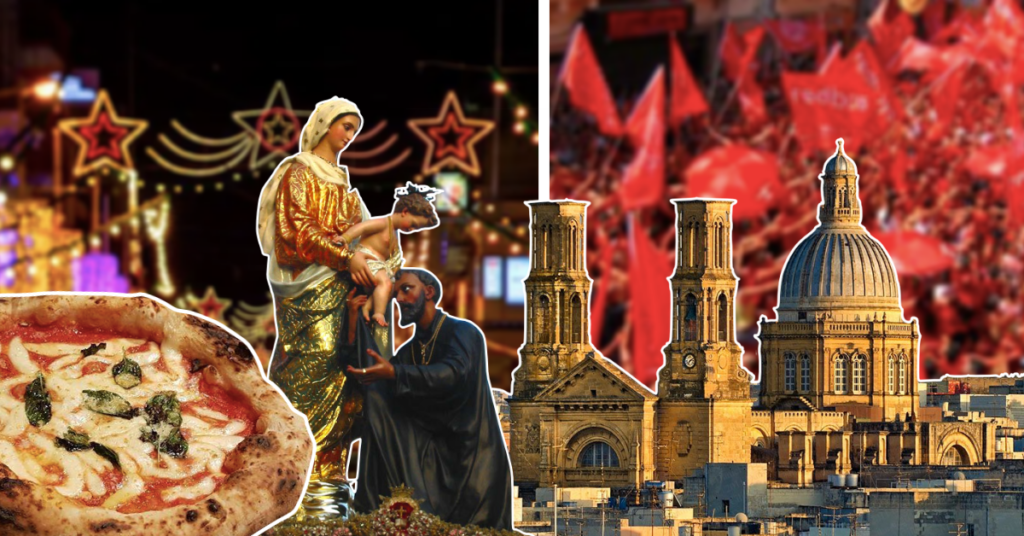
We’ve all driven through Ħamrun at some point in our lives – but how many times have we actually stopped and looked into what this town has to offer?
From global cuisines to some of the country’s best Christian architecture, Ħamrun is hands down one of Malta’s major cultural hubs – although you might not know that yet. That’s why we’ve taken it upon ourselves to list some of the best sights, eateries, and historical spots that Ħamrun has to offer. Here we go!
The Gem

Ħamrun’s Parish Church of St Cajetan of Thiene, better known as Il-Knisja ta’ San Gejtanu, is easily one of the most recognisable works of fine architecture in Malta.
The church was built over a span of six years – from 1869 to 1875 – but its dome and adjacent oratory were added later on, in the 1950s and 1890s respectively.
But whilst this church is easily Ħamrun’s best-known place of worship, it isn’t its first.
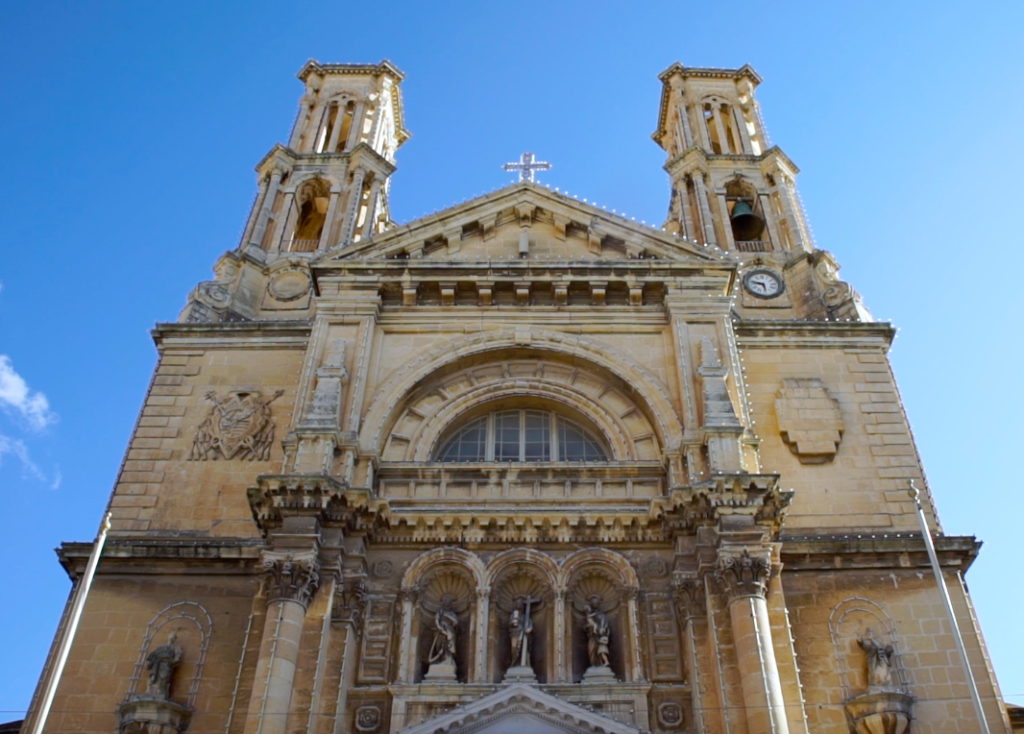
Prior to the construction of St Cajetan’s church, Ħamrun’s Christian community prayed at two smaller churches; one dedicated to Our Lady of Atocia and another dedicated to Our Lady of Porto Salvo.
As Ħamrun’s population grew however, authorities sought to accommodate the growing Christian community by constructing a newer and bigger church – the one dedicated to the well-loved San Gejtanu.
The church’s idiosyncratic style of architecture has become synonymous with Ħamrun’s skyline, and with good reason.
Its two bell towers are the highest in the country, and its dome is highly regarded as one of the finest in Malta. The church itself exhibits a harmonious mix of architectural styles – taking inspiration from both French Gothic and Baroque styles – and bears some resemblance to the iconic Notre Dame Cathedral.
As to its interior, Ħamrun’s San Gejtanu church boasts a plethora of local artistic gems.

The parish’s titular statue was sculpted over a span of three years, from 1885 to 1888 by Karlu Darmanin. Its pedestal was made by Giovanni Farrugia and its detachable platform by well-renowned sculptor Antonio Sciortino.
The church’s altarpiece, painted by the 19th-century Italian artist Pietro Gagliardi shows San Gejtanu receiving the baby Jesus from Mary.
Housing so much culture in a single place, this church is not dissimilar to a high-brow art museum.
The History
Originally known as Casale San Giuseppe Ħamrun started off as a widely-fragmented village back in the 16th century. At the time, the area that is now Ħamrun was divided between a plethora of nearby parishes – Birkirkara, Qormi, and Furjana.
As the 19th century dawned on Malta however, Ħamrun underwent a huge transformation.
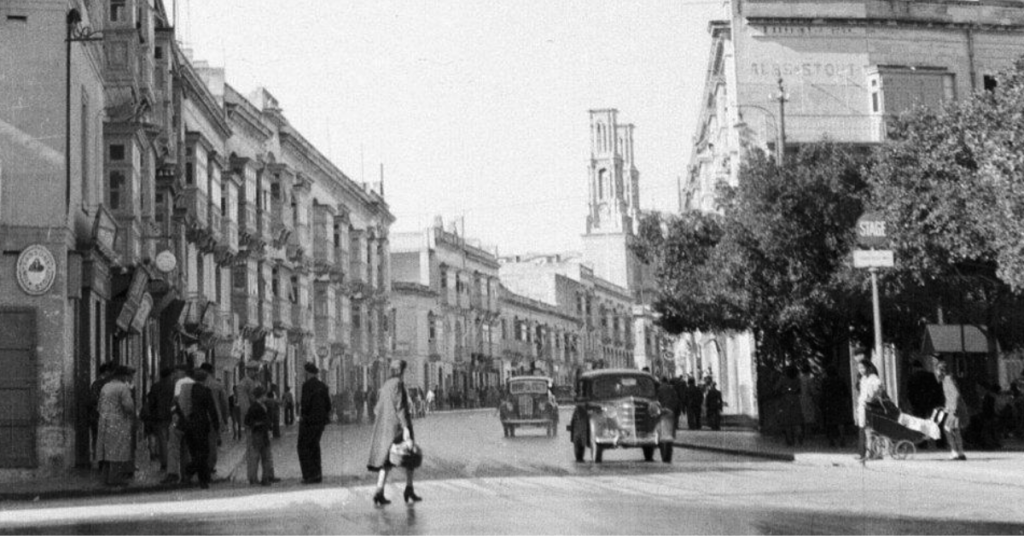
Credit: Bay Retro
This period saw an influx of harbour project employees and a big number of citizens looking for cheaper accommodation outside of Valletta. These demands gave way to the start of Ħamrun’s massive growth.
This continued well into the 20th century, as Malta introduced the railway system. Despite being one of the last railway systems to be introduced in Western Europe, Malta’s system was one of the more advanced.
One of Ħamrun’s key roads, Triq il-Kbira San Ġużepp, was located along the train’s route and housed a major station that enjoyed its own schedules.
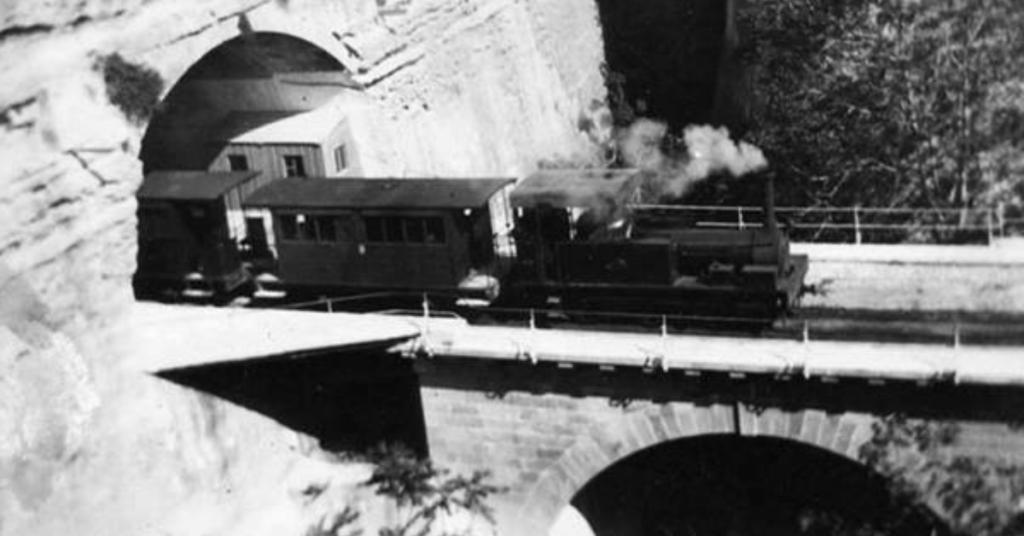
The next considerable influx in Ħamrun’s population went down after World War 2. Nowadays however, the town retains a relatively stable population of around 10,000 inhabitants.
Nowadays, Ħamrun can easily be considered to be Malta’s political hub – housing the headquarters of the country’s two major political parties. The Labour Party’s headquarters are situated at Triq Mile End, and the Nationalist Party’s Dar Ċentrali is a stone throw’s away, at Triq Mountbatten.
The Feast
Ħamrun’s patron saint is San Gejtanu but San Ġużepp still continues to be celebrated with the parish’s band club dating back to 1889.
The feast of the first is celebrated on the first Sunday after 7th August, the second on the first Sunday of May. An intense rivalry between the two continues on today.
Having said that, the feast of San Gejtanu is undoubtedly the biggest feast of the three, if not of the entire island. A good portion of the feast’s credit can be attributed to its ‘signature’ event – Il-Marċ tal-Brijju.
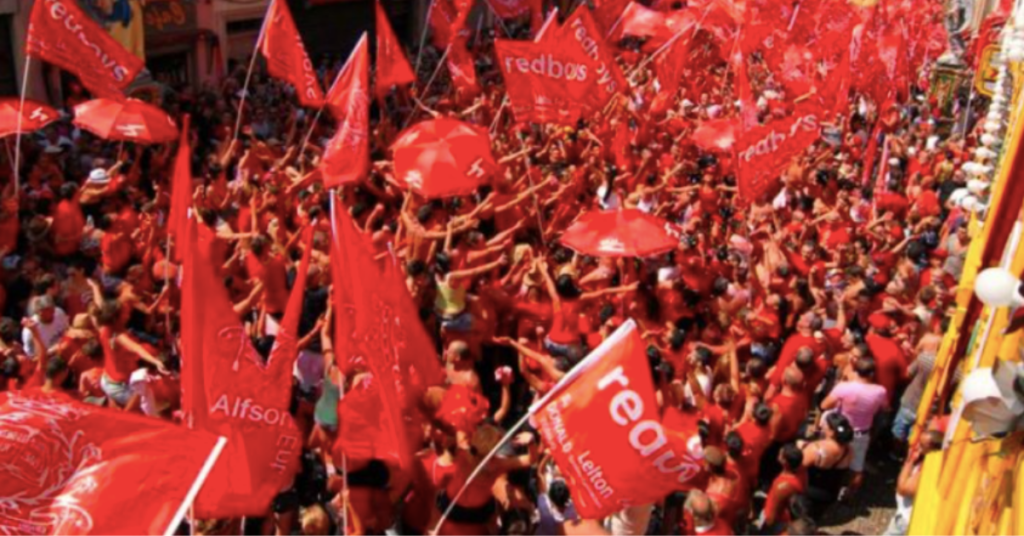
Credit: livenewsmalta.com
This celebration is held on the day of the feast, starting in mid-morning and ending in the afternoon. The celebrations are further fuelled by the rivalry between the town’s two major band clubs – the San Gejtanu band club, also known as Tat-Tamal, and the San Ġużepp band club, also known as Tal-Miskina.
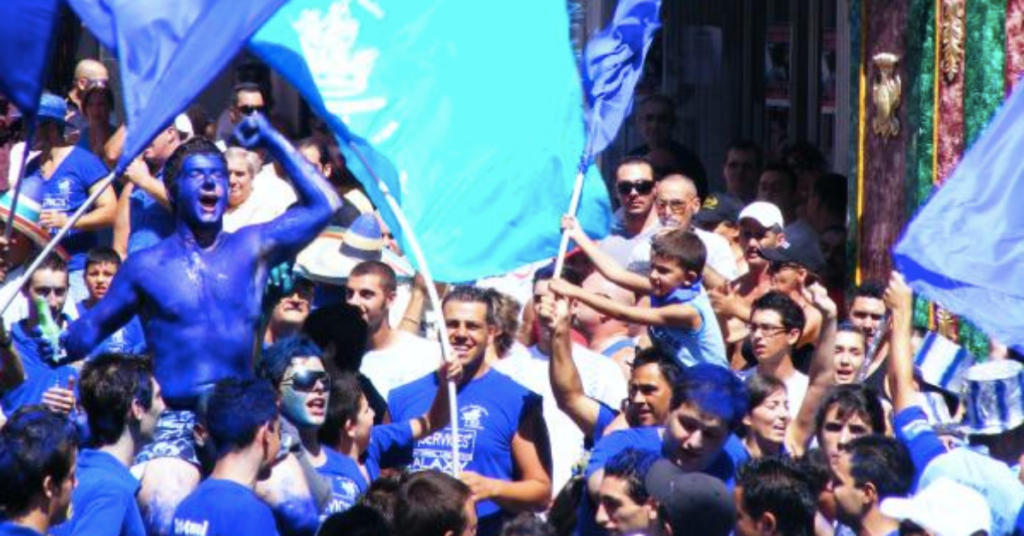
The third band club appertains to the Immaculate Conception Parish and is known by the parish’s same name.
Both of the major band clubs are over a century old, however the St Joseph band club was the first to be founded, having opened its doors back in 1889. St Cajetan’s band club was formed shortly after, in 1907.
The Food
If there’s one thing that Ħamrun certainly doesn’t fall short in, it’s food.
At first glance, you might not think of this underrated town as a culinary hub, but a short walk through its busiest streets will convince you otherwise.
If you feel like some class, Neapolitan style pizza, check out Pulcinella Pizzeria on St Joseph High Street. This place easily has some of the best-tasting and most authentic pizza in Malta – and it’s all very fairly priced!
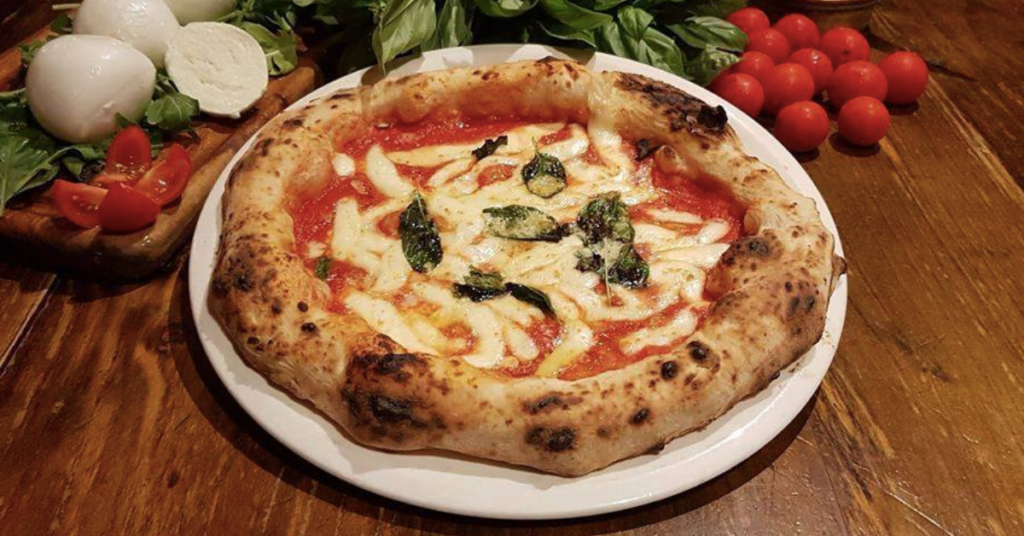
And if you’re looking for that little bit of tradition, head over to the iconic Elia Cafe. A family-run empire that is the go-to place for a coffee or tasty snack if you’re in Ħamrun.
Their home-made specialities not only taste good; they look delicious too – with traditional, mouthwatering products such as qassatella ice-cream, kannoli siciliani, and pasti tal-karamella.
Lovers of international food will feel right at home in Ħamrun, thanks to some locally-renowned eateries. It doesn’t get much tastier than that.
If you’re an adventurous meat lover, then you need to check out The Journey. This place makes burgers with some of the whackiest meat available – we’re talking crocodile, deer, kangaroo, and boar.

This next restaurant is quite literally a definition of Ħamrun. The Boiling Pot brings together an array of international cuisines under one roof. Offering anything from oriental beef soup to traditional Italian lasagne, The Boiling Pot also has a healthy variety of both vegan and vegetarian dishes.
The Trails
Now you might not get to see any nature trails in this iconic town – but there are plenty of other reasons why you should take a stroll through the streets of Ħamrun…
All throughout the Christmas season, Ħamrun’s streets are beautifully decorated with thousands of lights, bringing some much-needed festive spirit to this international hub.

Credit: maltikurja.com
This town’s also home to a wide range of shops as well as its very own shopping complex – Daniels Mall.
This urban gem houses a huge variety of brands – from George and Marks and Spencer, all the way to Interspar and Promod. So whether you want to set off on some Christmas shopping or get through your weekly grocery run, Ħamrun’s shops have got you covered.

There’s plenty of other shops along St Joseph High Street, we’re talking charity shops, homeware stores, and a whole lot of clothing outlets.